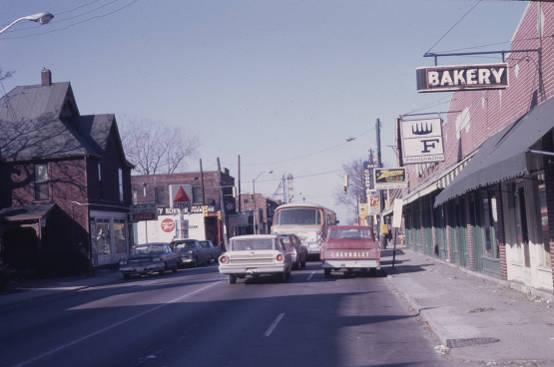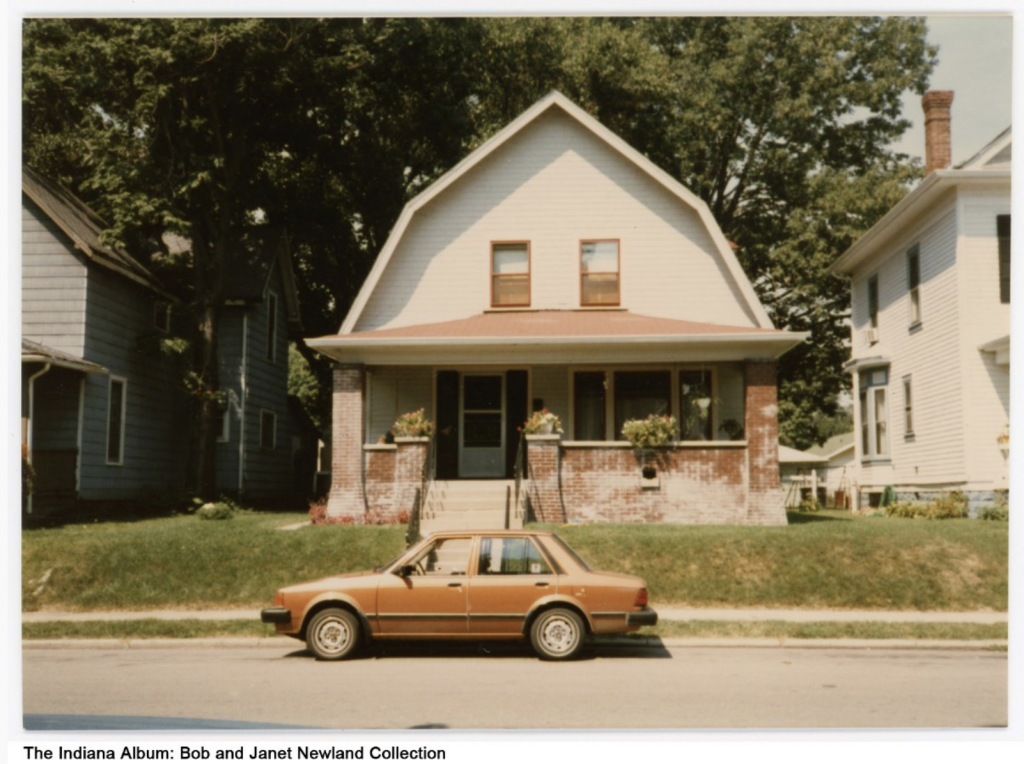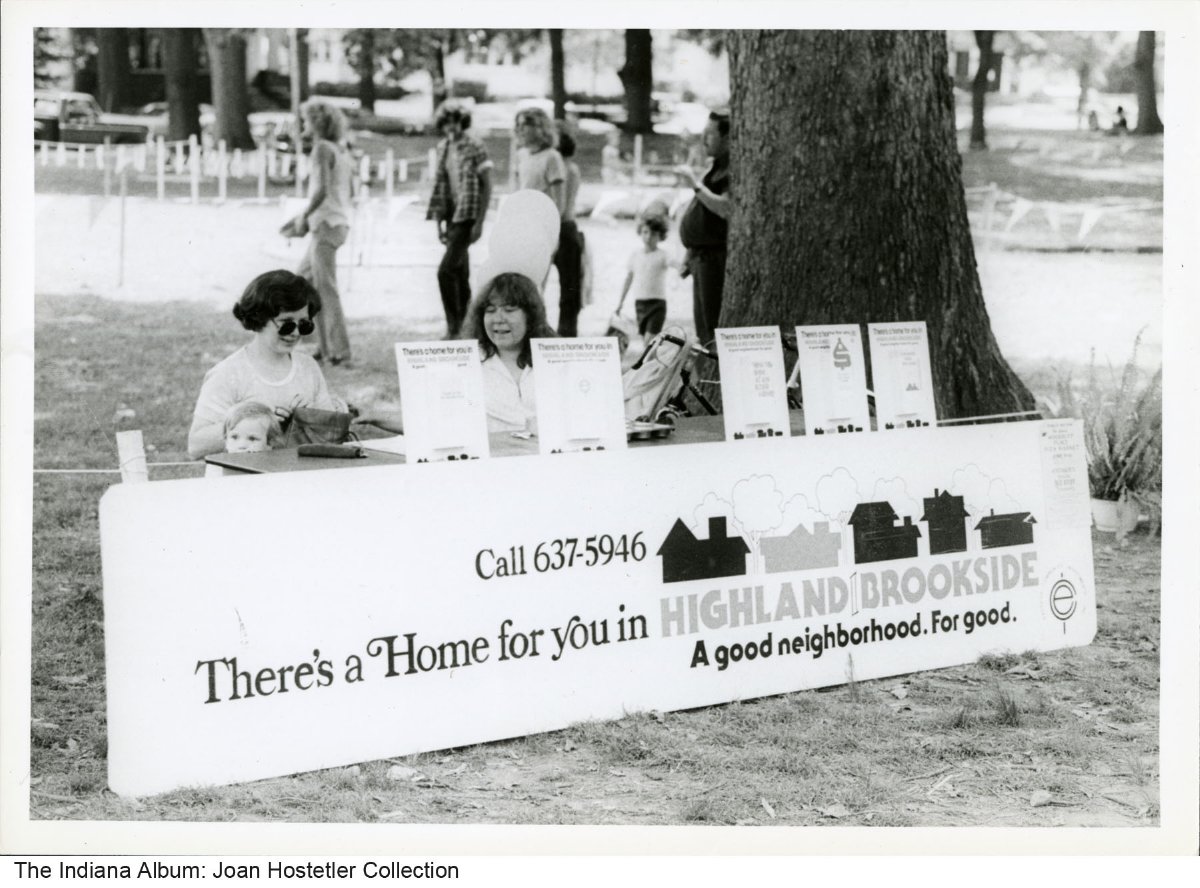Highland-Brookside is an eastside neighborhood bounded on the north by I-70, on the east by the Conrail Tracks and Sherman Avenue, on the south by the Conrail Tracks just south of Washington Street, and on the west by I-65/I-70. In 1819-1820 moved his family from Connersville to a log cabin located above the stream later known as in what was originally known as the Highland-Brookside neighborhood.

For the next 40 years, farmsteads were the only form of residential development in the area. The Civil War brought an economic boom and a demand for housing to Indianapolis, and a portion of the southwest corner of the area was platted for homes in 1863. Nine years later director James O. Woodruff purchased and platted a 77-acre tract of land northeast of the first platted area. Subsequently known as , this subdivision became the area’s most prestigious address during the early 1900s.
The completion of the in 1877 spurred Indianapolis’ eastward expansion, and the period between 1870 and 1900 saw much residential and industrial development in Highland-Brookside. The development of the in the late 19th century shaped residential and commercial patterns throughout the area. Developers platted subdivisions near the trolley lines, and these subdivisions spurred commercial activity. East Washington Street housed businesses of all types along its Highland-Brookside extension. One of the largest urban parks, Brookside Park, anchors the neighborhood.

The trolley lines brought the neighborhood prosperity that lasted up to the Great Depression of the 1930s. Prior to 1880 Highland-Brookside supported a large German population, as evidenced using the German language in the area’s public schools. The growth of the construction and transportation industries in the 1880s and 1890s brought an influx of immigrants to the area. In 1886, 300 of these newcomers founded Holy Cross Roman Catholic Church. By the end of its first year, the congregation had grown to over 900 members. Highland-Brookside reached a population zenith in 1940 with 41,856 residents.
The population has decreased in each subsequent decade, stabilizing at approximately 27,000 in the mid-1980s. During this 40-year period, the opening of Indianapolis’ outskirts for suburban growth crippled Highland-Brookside. Businesses followed wealthier residents out, draining the neighborhood of much of its economic base by the mid-1960s. The construction of I-70 East and the I-65/I-70 inner beltway, a decrease in birth rates, and the desegregation of the public schools have all contributed to the area’s deterioration since that time.

By the early 1990s, rental housing units were predominant in Highland-Brookside, and the neighborhood supported a disproportionately high number of economically disadvantaged groups. Neighborhood organizations have upgraded the area’s housing stock, however, and the development of the I-70/Rural Industrial Park has increased its economic base. These developments, along with the efforts of organizations such as Eastside Community Investors and the Near East Side Community Organization, have worked with mortgage lenders to increase the number of homeowners through low-interest mortgages and also to promote business development and expansion through counseling and technical assistance programs.
The Highland-Brookside area is comprised of six distinct neighborhoods, which allows each neighborhood organization a smaller geographic area within which to work to meet the needs of its residents. Within the larger Highland-Brookside area is the bounded by 10th Street to Brookside Parkway South Drive between Rural and Sherman Avenues
Despite the poverty, crime, and lack of affordable housing, the neighborhood has many assets. The Brookside Community Development Corporation has made strides to revitalize the area through church-based initiatives. The organization’s efforts have helped reduce crime and drug use and restore Brookside to a healthy, vibrant neighborhood, as have other church-centered ministry and outreach programs. The is a highly regarded racially and economically diverse Christian school in the area.
The area was one of the neighborhoods in the Great Places 2020 Initiative, in which significant social and capital investments were made to enhance the quality of life and spur private investment. Situated in a federally designated Promise Zone, government and nonprofit agencies work with local leaders to achieve neighborhood-created goals and priorities. The area is also home to several new artistic collaborations and creative placemaking efforts.

Help improve this entry
Contribute information, offer corrections, suggest images.
You can also recommend new entries related to this topic.

